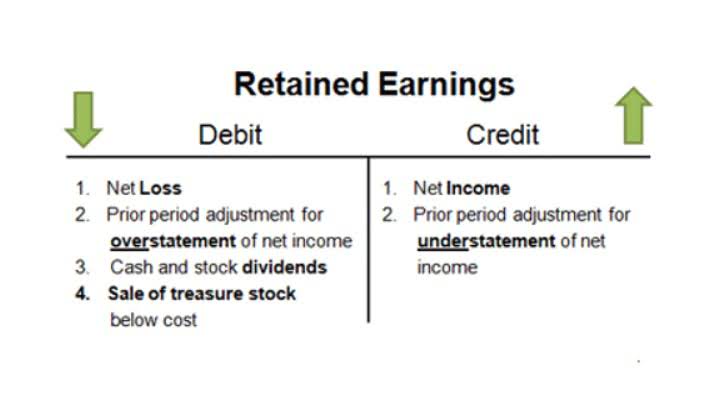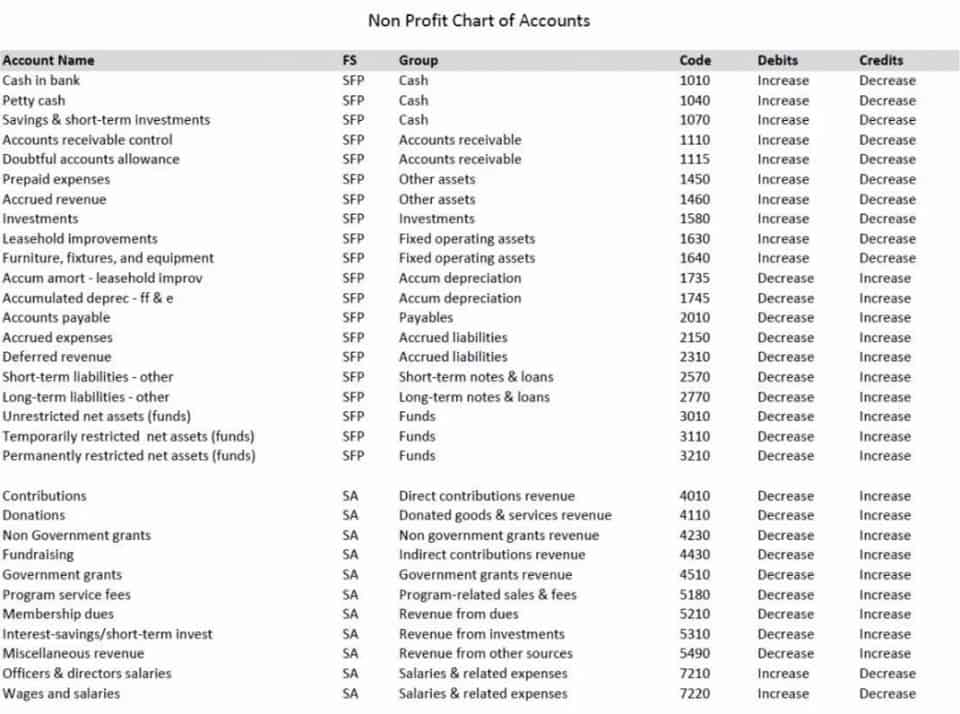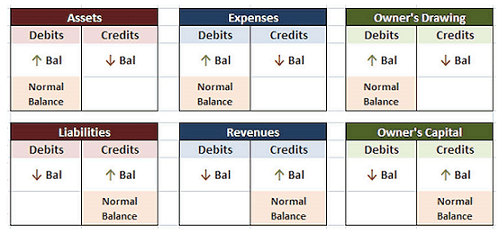
This kind of bottom-up budgeting can be a highly effective way to “shake things up”. PBB can present some challenges and limitations for organizations, such as the time-consuming, complex, and costly process of implementation. It can also create perverse incentives if https://polesensation.net/2022/11/10/equity-multiplier-overview-definition-formula/ performance indicators and targets are not well-designed or aligned. Moreover, PBB can reduce flexibility, innovation, and responsiveness if the budget is too rigid or prescriptive.
How Fyle Integrates Nonprofit Expenses with NetSuite
Performance-based budgeting operates on principles that promote the efficient and effective allocation of resources. These principles help guide the budgeting process to align financial planning with measurable outcomes and strategic goals. Performance-based budgeting has also been adopted by numerous governments and organizations across the globe, including countries such as Australia, Canada, the United Kingdom, and Mexico. These adoptions were based on the belief that PBB improves efficiency and effectiveness in public spending by linking allocations with performance outcomes. In a performance-based budgeting system, organizations and agencies must demonstrate progress toward achieving their objectives to receive funding. Therefore, PBB’s primary goal is to improve public expenditure’s effectiveness and efficiency by linking resource allocation to performance results.
Stability and predictability in financial planning

PBB can offer several advantages for your organization, such as the ability to prioritize programs and activities based on relevance, effectiveness, and efficiency. It can also help communicate goals, strategies, and performance expectations to stakeholders while demonstrating value and impact. Additionally, PBB can foster a culture of learning and improvement by encouraging monitoring, evaluation, and reporting on performance.

What are the benefits of PBB?
This approach encourages organizations to prioritize initiatives that deliver results efficiently. Programs are evaluated not only based on their outcomes but also on their cost-effectiveness. Performance budgeting seeks to allocate resources to programs that achieve desired results while minimizing costs.
The important thing to note here is that no standard formula is there to determine the applicable marginal changes in the budgeting process. Simply, this budgeting process is based on slight changes from the preceding period’s budgeted performance based budgeting advantages and disadvantages results or actual results. Incremental budgeting is a form of the budgeting process based on the concept that a new budget can be prepared by making only some marginal changes to the current year’s budget.
Latest resources
It looks at the root of each choice that you make, steering you toward specific objectives – even at an organizational level. Instead of looking at what you accomplished in the past, it ignores your previous habits to focus on the present. Incremental budgeting promotes accountability in budgeting processes, as it establishes a clear framework for evaluating financial performance.

Budgeting: Definition, Examples, Importance, Contents, And Preparation Processes
- It may also take some time to see the results of budgeting and the changes that you’ve made, and that can be discouraging.
- Unlike traditional budgeting, which primarily tracks expenditures by line items, performance budgeting emphasizes the efficient use of resources to achieve desired results.
- It can be an essential practice that eliminates problems with credit card spending because you’re only using the money that you earn each month.
- With line-item budgeting approaches, expenditures are categorized into specific line items, each representing a particular expense category or item.
- The first step to successful performance-based budgeting is understanding its definition and origin.
- The zero-based budgeting approach looks at cost-savings opportunities from a variety of perspectives.
If you notice that you are consistently overspending in some areas, then budgeting will give you a Suspense Account good idea of where you need to adjust your budget or your spending. It’s more difficult to be aware of your spending habits if you don’t have some sort of system in place. These long-term investments can include research and development or worker training. This could potentially hurt a company because these areas are often key to remaining competitive over the long term but they won’t be generating revenue in the near term.

In this regard, the rule of thumb is to allocate budgets to departments depending on their contribution to the organization. Performance-Based Budgets are focused on outcomes and targets set for the organizations. A performance budget would be developed accordingly to identify those target numbers.
- Make sure to use enough metrics but not too many, or the system will start to feel overloaded.
- You’ll then analyze expenses for the month, quarter, or year to ensure that every spending habit comes from a necessary place and provides a tangible benefit in some way.
- In addition, adjusting individual items in the budget can also encourage inefficient micro-management.
- Several advantages and disadvantages of zero-based budgeting are worth taking into consideration.
- That’s why this method facilitates an effective delegation of authority, especially from a corporate viewpoint.
- Resistance to change within government departments and agencies can also pose a barrier to successful implementation.
- This partnership aims to establish agreed-upon objectives, ensuring that the allocated funds are directed towards programs or projects that deliver tangible benefits to stakeholders.
Characteristics of Performance Budgets
Contingency Funds – Allocating contingency funds to address unexpected expenses or unforeseen circumstances is another viable option. These funds can help mitigate the impact of unplanned events, ensuring that departments remain responsive without having to seek significant changes to the overall budget. Performance budgets are designed to motivate employees, encouraging a commitment to producing positive results through goal-oriented funding allocations. However, the question remains whether these budgets offer enough flexibility once inputs/outputs have been set or if they are overly rigid. Setting up performance budgets is an increasingly complex challenge because it constitutes subjectivity.